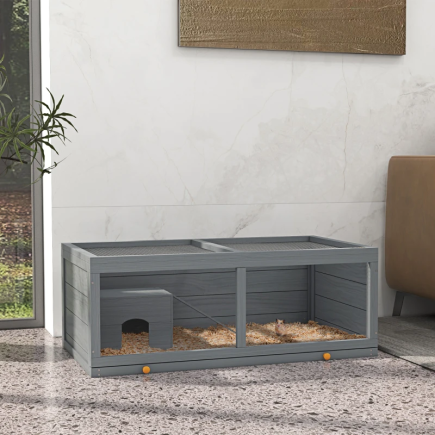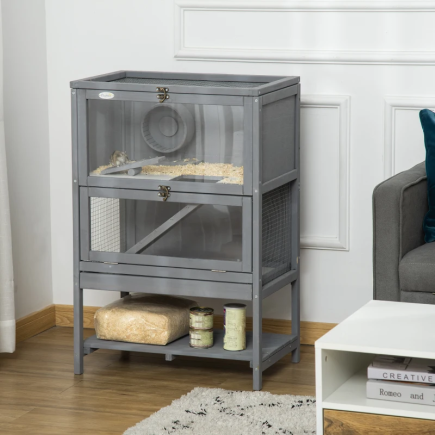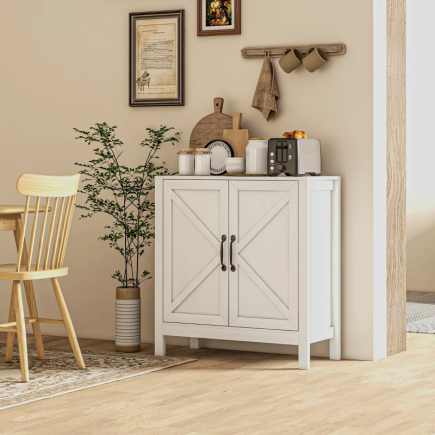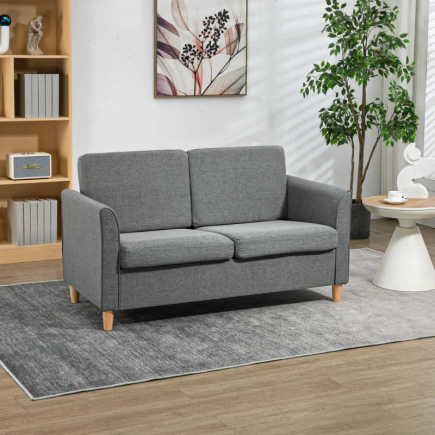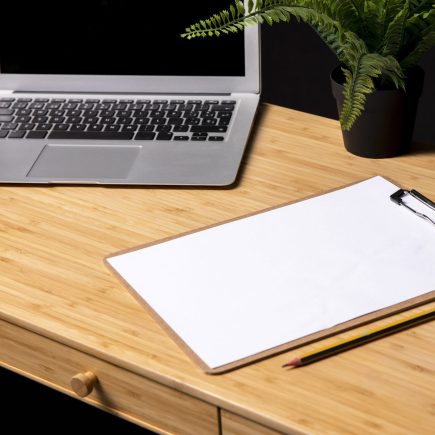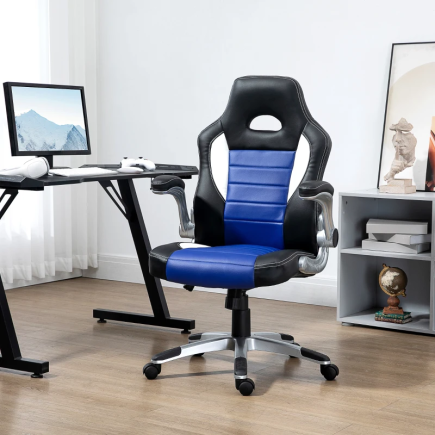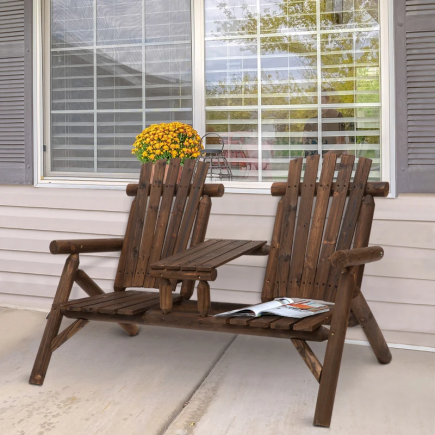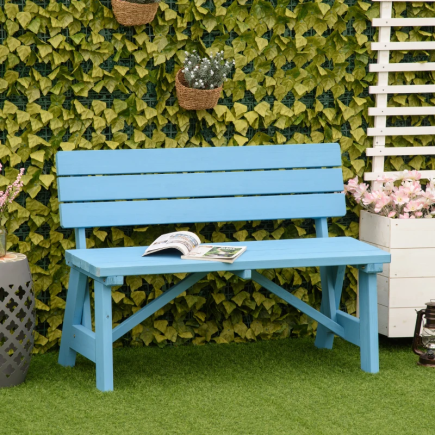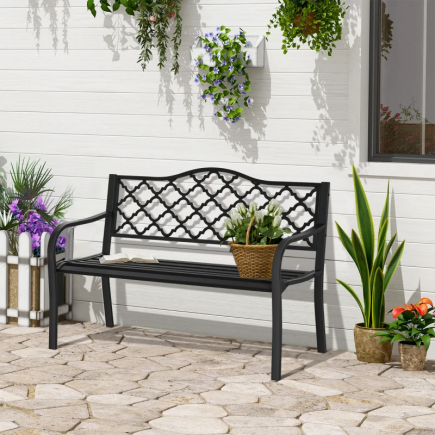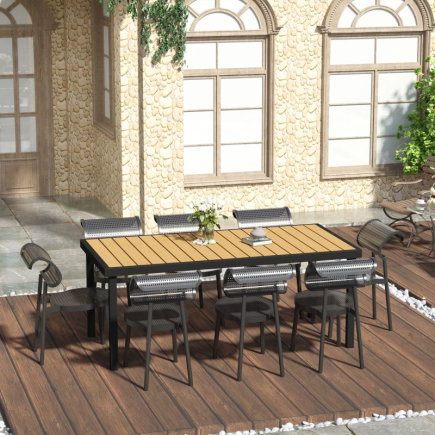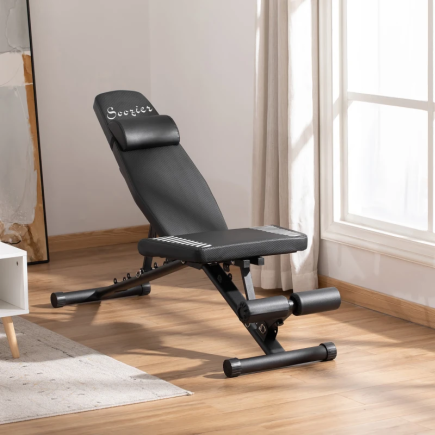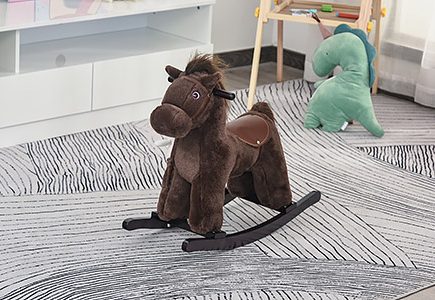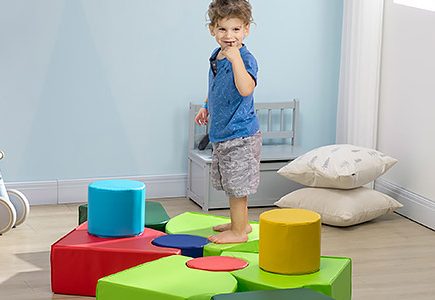
Reupholstering a storage ottoman is a fantastic way to give new life to a piece of furniture that might have seen better days. Not only does it save you money compared to buying a new ottoman, but it also allows you to customize it to match your home décor. Whether it’s a simple storage ottoman, a tufted one, or a cube design, reupholstering can be an enjoyable and satisfying project. Below is a step-by-step guide to help you navigate through the reupholstery process.
Tools and Materials You’ll Need
Before starting, it’s essential to gather the right tools and materials to make the reupholstery process smooth and efficient. Below is a list of everything you’ll need:
Tools:

- Staple gun and staples (to secure the fabric)
- Scissors (for cutting fabric and foam)
- Measuring tape (for accurate measurements)
- Screwdriver (if your ottoman has hardware or screws)
- Pliers (to remove old staples)
- Flathead screwdriver (for loosening glue or old fabric)
- Iron (to smooth wrinkles in fabric)
- Hammer (for reattaching the feet or hardware)
Materials:

- Fabric (depending on the size of the ottoman, pick a durable fabric such as linen, velvet, or canvas)
- Foam (if replacing the padding)
- Batting (to add a soft layer over the foam)
- Adhesive spray (for attaching foam or batting)
- New ottoman feet (optional for upgrading the look)
Once you’ve gathered your materials, you’re ready to begin the transformation!
Step-by-Step Guide to Reupholstering a Storage Ottoman
1. Remove the Old Upholstery

The first step is to strip away the old fabric so you have a clean surface to work with. Depending on your ottoman’s design, this can involve a few different techniques.
Steps:
- Flip the ottoman over so you can access the bottom.
- Use pliers to remove staples that are holding the old fabric in place. Take your time here to avoid damaging the wood or frame.
- If your ottoman has legs, hinges, or any other attached hardware, carefully remove them using a screwdriver.
- If your ottoman has glued fabric, use a flathead screwdriver to gently lift it away without damaging the frame.
Pro Tip: If the old fabric is in decent condition, you can leave it on and simply apply the new fabric over it. This method will save time, but make sure the old fabric isn’t too bulky or worn out.
2. Prepare the Foam and Cushioning (If Needed)

Now it’s time to check if the foam inside your ottoman needs replacing. If it’s sagging, torn, or flattened, you can easily replace it to give your ottoman a fresh feel.
Steps:
- Measure the top and sides of the ottoman to get the correct foam dimensions.
- Cut the foam to size using scissors or a utility knife. Ensure that it fits snugly on top of the ottoman frame.
- If desired, you can add a layer of batting on top of the foam for extra comfort and a smoother finish.
- Apply adhesive spray to the frame and press the foam into place. Make sure it’s evenly positioned.
Tip: If you don’t want to use foam, you can skip this step. Some ottomans, especially storage cubes, may not require additional padding, depending on how they’re used.
3. Cut the New Fabric

Once the foam is in place, it’s time to cut the fabric that will cover your ottoman. The fabric you choose will play a significant role in both the look and durability of your finished project.
Steps:
- Measure the top and sides of your ottoman. Add a few extra inches to each side to ensure you have enough fabric to staple down securely.
- Start with the lid or top of the ottoman. Lay the fabric down with the right side facing down, place the ottoman top on it, and cut around the fabric, leaving enough to wrap over the edges.
- If your ottoman has sides, measure the height and circumference, then cut a strip of fabric long enough to cover all four sides.
Pro Tip: Choose a durable upholstery fabric like velvet, canvas, or faux leather. These fabrics not only look elegant but are also durable enough to withstand everyday use.
4. Staple the Fabric to the Top

Now it’s time to start applying the fabric to the ottoman. Begin with the top, as it’s the most straightforward part of the project.
Steps:
- Position the fabric on the top of the ottoman and pull it tightly across the surface.
- Staple fabric along one edge, then pull it tightly across to the opposite edge and staple it down.
- Staple opposite sides in a criss-cross pattern to ensure an even finish.
- Work your way around the top, making sure the fabric remains taut and smooth as you staple it down.
Tip: Be careful when stapling around the corners. Fold the fabric neatly as if you’re wrapping a gift and staple the folds into place to ensure clean, sharp edges.
5. Cover the Sides and Bottom of the Ottoman

Once the top is finished, move on to the sides and bottom. The key here is to keep the fabric tight and neat while stapling.
Steps:
- Position the ottoman on its side and wrap the fabric around it, ensuring the fabric is tight and smooth.
- Staple along the top edge, securing the fabric to the underside of the ottoman. Continue stapling the fabric all around the ottoman’s sides.
- Wrap the fabric under the ottoman to the bottom, making sure the fabric is tightly secured.
- Fold the edges neatly and staple them underneath for a clean look.
Tip: If your ottoman has storage space, be mindful not to interfere with the lid’s opening mechanism. Ensure that the fabric doesn’t block the hinges or storage compartment.
6. Reattach the Feet or Hardware

With the fabric securely in place, it’s time to finish up by reattaching the ottoman’s feet or hardware.
Steps:
- If your ottoman had hinges or other hardware, carefully reattach them using a screwdriver.
- You can upgrade your ottoman by replacing the feet. New legs can change the entire look of the ottoman. Choose legs that match your décor and screw them into place.
Pro Tip: When choosing feet, go for ones that provide good stability and complement the overall design of the ottoman.
7. Add Decorative Touches (Optional)
For a professional finish, consider adding some decorative elements to your ottoman.
Options:
- This adds texture and a luxurious touch to the top of the ottoman. You can use a tufting kit to cover buttons with fabric and attach them to the lid.
- Add a decorative trim along the edges for a more finished look. You can choose from a variety of trims such as fringe, piping, or decorative cording.
- If the interior of your ottoman is exposed, line it with fabric to give it a more refined and polished look.
8. Final Touches

Before you call it done, take a step back and inspect your work.
Steps:
- Trim any excess fabric around the edges.
- Make sure the fabric is smooth and tightly secured.
- If the ottoman is a storage piece, test the lid to ensure it opens and closes without obstruction.
Tip: If you added decorative touches like tufting or trim, make sure they are securely fastened and evenly spaced.
Your Custom Storage Ottoman
By following these easy steps, you can reupholster your Storage Ottoman and give it a fresh, updated look. This project is not only cost-effective but also allows you to customize your ottoman to suit your style and home décor. Whether you opt for tufting, new feet, or a sleek fabric, your reupholstered ottoman will look and function beautifully in your living room, bedroom, or entryway.
FAQs
1. What fabric is best for reupholstering a storage ottoman?
Upholstery-grade fabrics like linen, canvas, velvet, and faux leather are great choices. These fabrics are durable, easy to clean, and provide a sleek look.
2. How do I avoid wrinkles when stapling fabric?
To avoid wrinkles, pull the fabric taut as you staple, and staple alternating sides. Ironing the fabric before use will also help achieve a smoother finish.
3. Can I skip replacing the foam?
If the foam is still in good condition, you can skip replacing it. However, if it’s flattened or damaged, replacing it will provide more comfort and support.
4. How do I staple fabric around corners?
Fold the fabric neatly, as if wrapping a present, and staple it into place. This technique creates clean, sharp corners without bulk.
5. Can I add extra padding to my ottoman?
Yes, you can add extra layers of foam or batting for more cushioning. This is especially useful if your ottoman will be used for seating.

